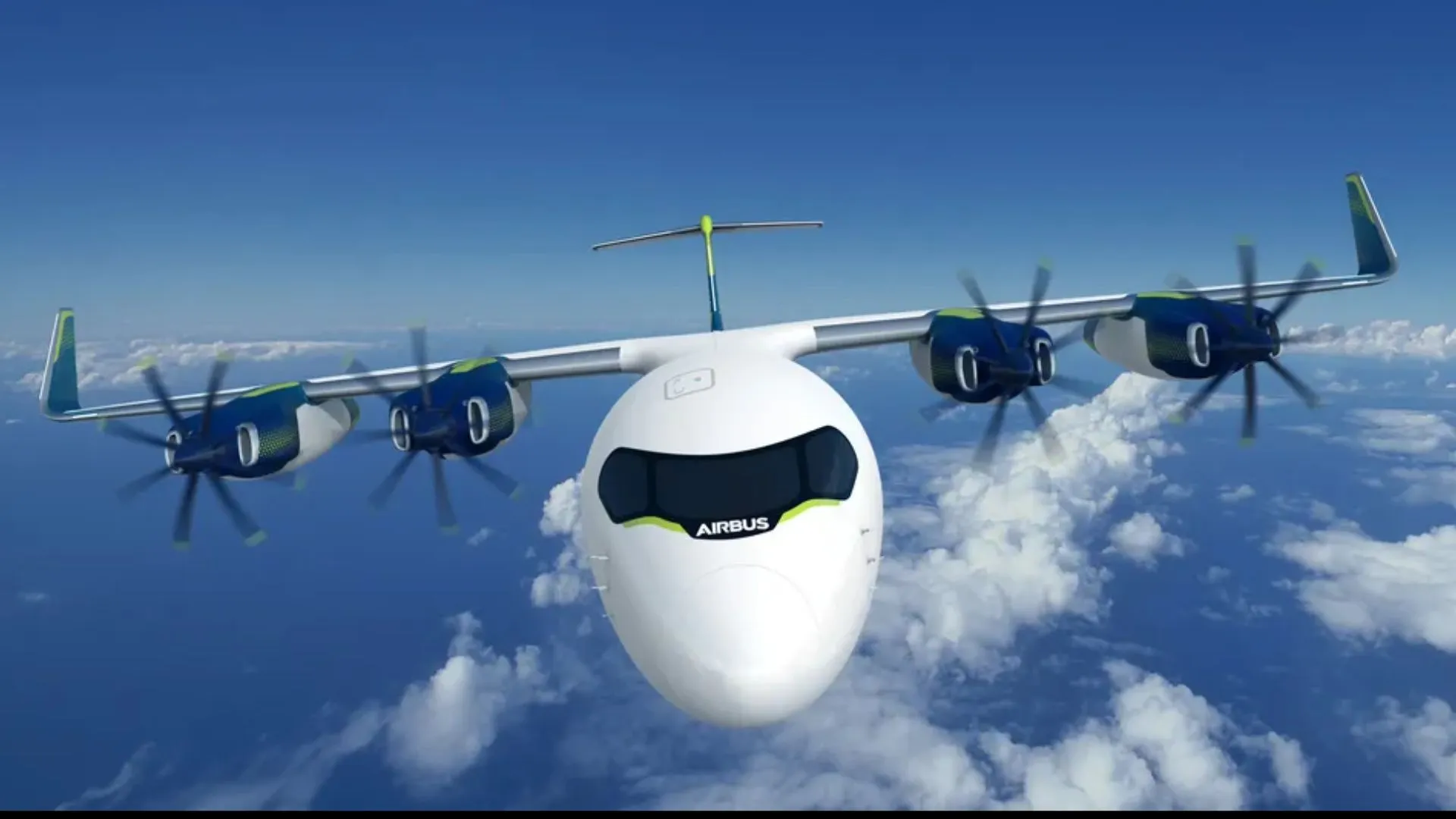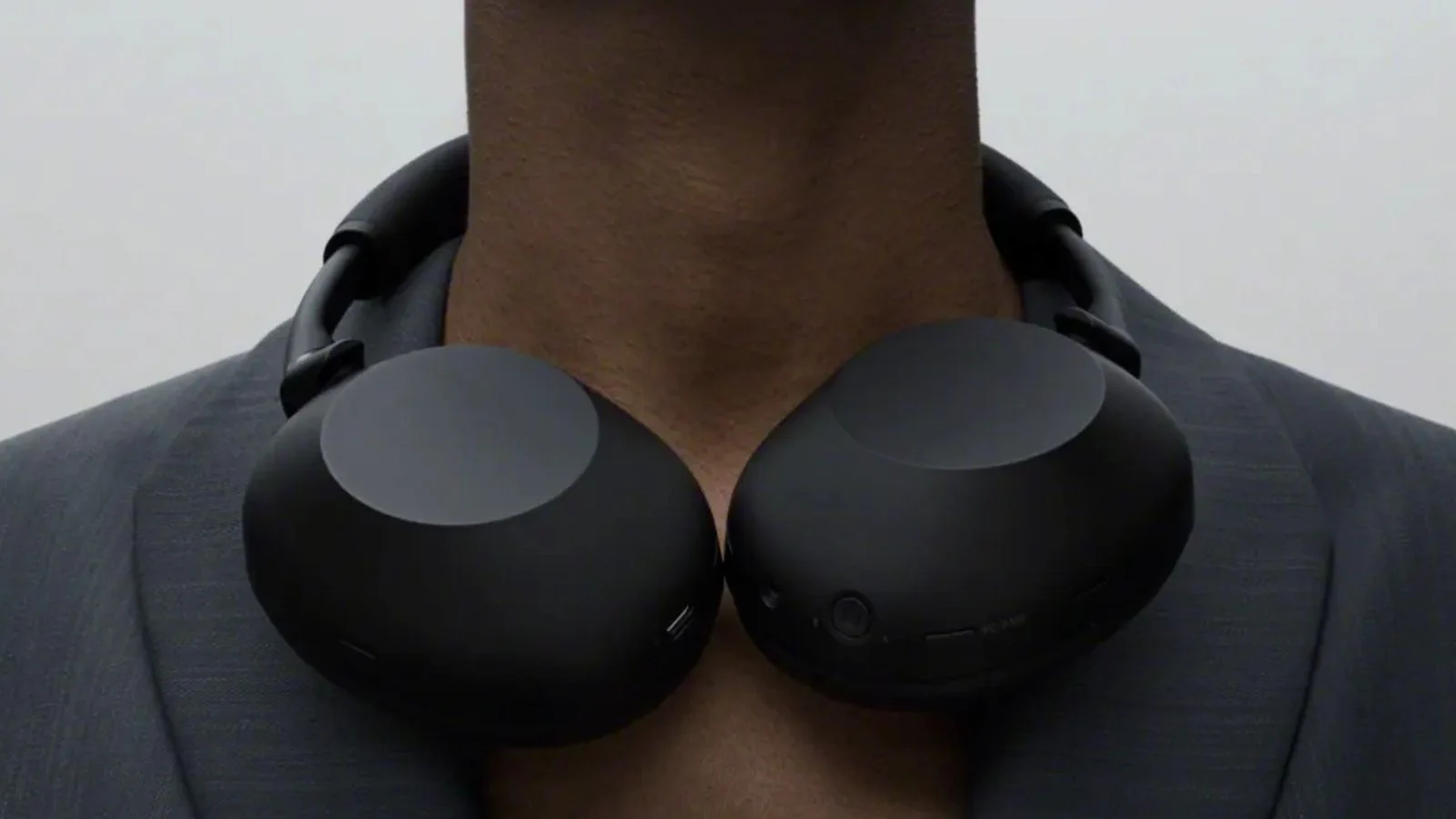
Conflux Technology is developing a next-generation 3D printed heat exchanger to support Airbus’ ZEROe hydrogen-electric propulsion systems. The Australian firm’s component is designed specifically for the demanding thermal management needs of megawatt-class hydrogen fuel cell systems and is currently undergoing a technology readiness maturity assessment.
The heat exchanger is expected to be critical in regulating the substantial heat produced by hydrogen fuel cells, ensuring safety and efficiency in flight operations. Additive manufacturing, coupled with Computational Fluid Dynamics (CFD) modelling and laboratory validation, has allowed Conflux to produce a lightweight, high-performance design specialized for aerospace integration.
“Our work with Airbus marks a significant step forward in applying additive manufacturing to sustainable aviation,” said CEO of Conflux Technology, Michael Fuller, in a press release. “Thermal management is a core enabler for hydrogen propulsion, and our expertise is helping to advance this technology from lab to flight.”
The ZEROe vision for hydrogen-powered aviation
Airbus’ ZEROe program is central to the company’s long-term strategy to decarbonize aviation. The project aims to deliver the first zero-emission commercial aircraft powered by hydrogen fuel cells, with the original target of entering service by 2035. The aircraft will rely on hydrogen-electric propulsion, in which hydrogen fuel cells generate electricity through a chemical reaction with oxygen.
That electricity then drives electric motors to power propellers, with water vapor as the only emission. To make this approach viable for aviation, components such as fuel cells, storage systems, and heat exchangers must be adapted to the unique demands of flight.
Hydrogen fuel cells generate considerable heat, and without compact and efficient cooling systems, their operation at scale would not be possible. By contributing its additive manufacturing expertise, Conflux provides a key building block for the broader propulsion architecture Airbus is developing.
Program delays and ongoing development
Despite technical progress, the ZEROe program is now facing delays that could postpone the introduction of a commercial hydrogen-powered aircraft into the 2040s. Airbus announced in early 2025 that the program timeline had been pushed back by 5 to 10 years, citing slow technological advances and the challenges of building a global hydrogen aviation ecosystem. The company also reduced the program’s budget by 25%.
Airbus, however, has underlined its continued commitment to hydrogen as a long-term decarbonization pathway. In recent years, it has made progress in developing core technologies. Its first ZEROe fuel cell engine was successfully powered on in 2023, delivering 1.2 megawatts, and underwent integrated testing with fuel cell stacks and electric motors by the end of 2024.
Airbus has also advanced liquid hydrogen handling, developing a Liquid Hydrogen BreadBoard system with Air Liquide to test in-flight storage and distribution. Ground testing of a complete propulsion and hydrogen distribution system is planned for 2027 in Munich.
The delays reflect the scale of the challenge. Beyond the propulsion system itself, Airbus and its partners must work to create a supply of green hydrogen and the infrastructure to distribute it at airports worldwide. Without this ecosystem, the hydrogen-powered aircraft envisioned under ZEROe cannot operate commercially.
Looking ahead
While the ZEROe program may be taking longer than initially expected, the development of components such as advanced heat exchangers shows that progress is being made step by step. Airbus maintains that hydrogen remains a cornerstone of its vision for climate-neutral aviation, and partners like Conflux are helping to move the concept from laboratory experiments closer to eventual flight.



